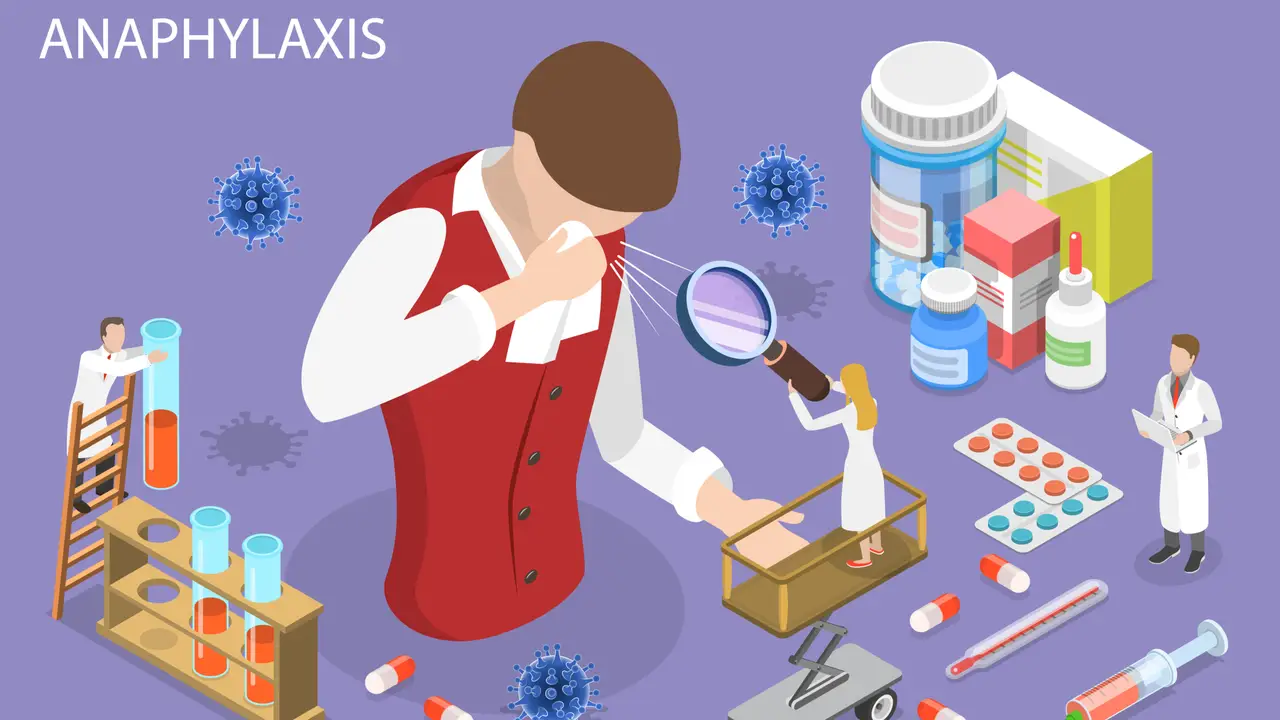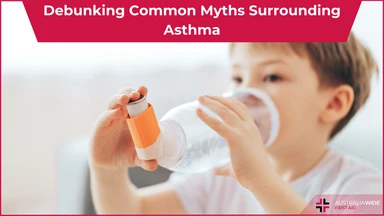First Aid Training to Manage Anaphylaxis


Most people who suffer from allergies only experience mild symptoms, ranging from watery eyes to a rash or runny nose.
But for others, anaphylaxis — a life threatening reaction to allergen exposure — makes immediate first aid treatment critical. Anaphylaxis occurs when a release of a specific chemical puts the body into a state of shock. Some of the allergies that are commonly known to cause anaphylaxis are medications, insect bites or stings, food, and latex.
After initially experiencing anaphylaxis, there’s also danger of a second anaphylactic reaction occurring up to 12 hours from first exposure, which is called a biphasic reaction. Our first aid training will help you better manage the initial, and any later anaphylactic reactions, so you have an in-depth understanding of the steps you need to take to avoid this state of shock becoming a fatality.
When the sufferer of an anaphylactic reaction first experiences allergy symptoms, these can be quite mild, such as a rash or runny nose.
Unfortunately, the symptoms can quickly progress to more dangerous medical issues which include:
If you’ve experienced a severe allergic reaction at any stage of your life, it’s important to be aware there’s a high chance of you being at risk of future reactions. Also, even if your earlier allergic reactions were mild, you can still be susceptible to having more severe reactions further down the track.
For a better understanding of your anaphylaxis, the triggers that can cause you to have a reaction, and how to more effectively manage this condition, it’s vital to see an allergy doctor, otherwise known as an allergist.
Anyone with a history of allergies, including asthma, who has previously experienced a severe allergic reaction, is more at risk of anaphylaxis occurring.
Book an appointment to see an allergist to avoid a potentially fatal occurrence. Allergists have undergone specialised training that enables them to review your allergy history and conduct diagnostic testing to determine the triggers that can result in you having an allergic reaction. Once your allergist identifies these triggers through tests, such as blood, oral food and skin prick tests, you'll then know your avoidance strategies.
Here are some early indications that you need to book an appointment to see an allergist:
In the event of an anaphylactic reaction occurring, it should be treated urgently by injecting adrenaline known as epinephrine.
As epinephrine is only available with a prescription, it’s crucial you keep a dose and the injector on you 24/7. On occasion, for more extreme allergic reactions, you may require a second dose of adrenaline.
For more information on how to administer epinephrine using an auto-injector, please read our article on Anaphylaxis and Adrenaline and watch the video below:
To help reduce the risk of anaphylaxis, follow the tips below: Identify your trigger if you’ve previously had an anaphylactic reaction. Consult an allergist to run diagnostic tests if you’re uncertain of this. Common triggers are:
Take steps to avoid your triggers, as prevention is preferable to trying to stop an anaphylactic reaction. Speak to an allergist about avoidance strategies you can adopt, tailored to suit your lifestyle, activities, as well as your home and other environments you regularly access. Some avoidance techniques that are often popular with allergists include:
After an allergic emergency resulting in anaphylaxis, it’s critical to call 000, even after administering epinephrine. Make sure to identify the allergen, to help the medical staff treating you.
Always follow up an anaphylactic emergency with a trip to an allergist. Also, never leave home without epinephrine and an injector.
If you want to be able to properly manage an anaphylactic reaction or emergency, it is well worth your time to book in for first aid training with Australia Wide First Aid. Our industry leading first aid trainers can teach you all about handling every type of medical emergency.
If you're interested in learning more about allergy and anaphylaxis, you might like to check out the following articles in our Resource Library:
If you want a more in-depth look at anaphylaxis at home or in the workplace, our online courses are the answer. You can complete them at your work desk or from the comfort of your own home, and get a Certificate of Completion to show your employer, add to your resume, or simply give you the peace of mind knowing you can actually help in an emergency. Our Anaphylaxis First Aid provides learners with the knowledge needed to recognise, respond to, and manage allergic reactions and anaphylaxis.
If you're after workplace-specific information, our Workplace Anaphylaxis Risk Management course covers responsibilities and best practices for managing anaphylaxis risk in workplaces. Alternatively, our Workplace Asthma and Anaphylaxis Management and First Aid course teaches the essential knowledge and practical tools to identify, manage, and respond to asthma and anaphylaxis risks in workplace settings.

October 2, 2013
In an asthma or anaphylaxis emergency you should know the symptoms, remove triggers, and know how to respond. Read on to understand these important aspects in the context of such an emergency.

May 7, 2024
Asthma, a chronic respiratory condition affecting millions worldwide, is often shrouded in myths and misconceptions. Despite how common it is, there is a distinct lack of common knowledge. This is leading to potential mismanagement and unnecessary anxiety for those living with asthma.

February 19, 2024
For many Australians, our city and outdoor lifestyles come with a hidden challenge – dust allergies. Dust mites, pollen, and other airborne particles can trigger allergic reactions, affecting a significant portion of the population.